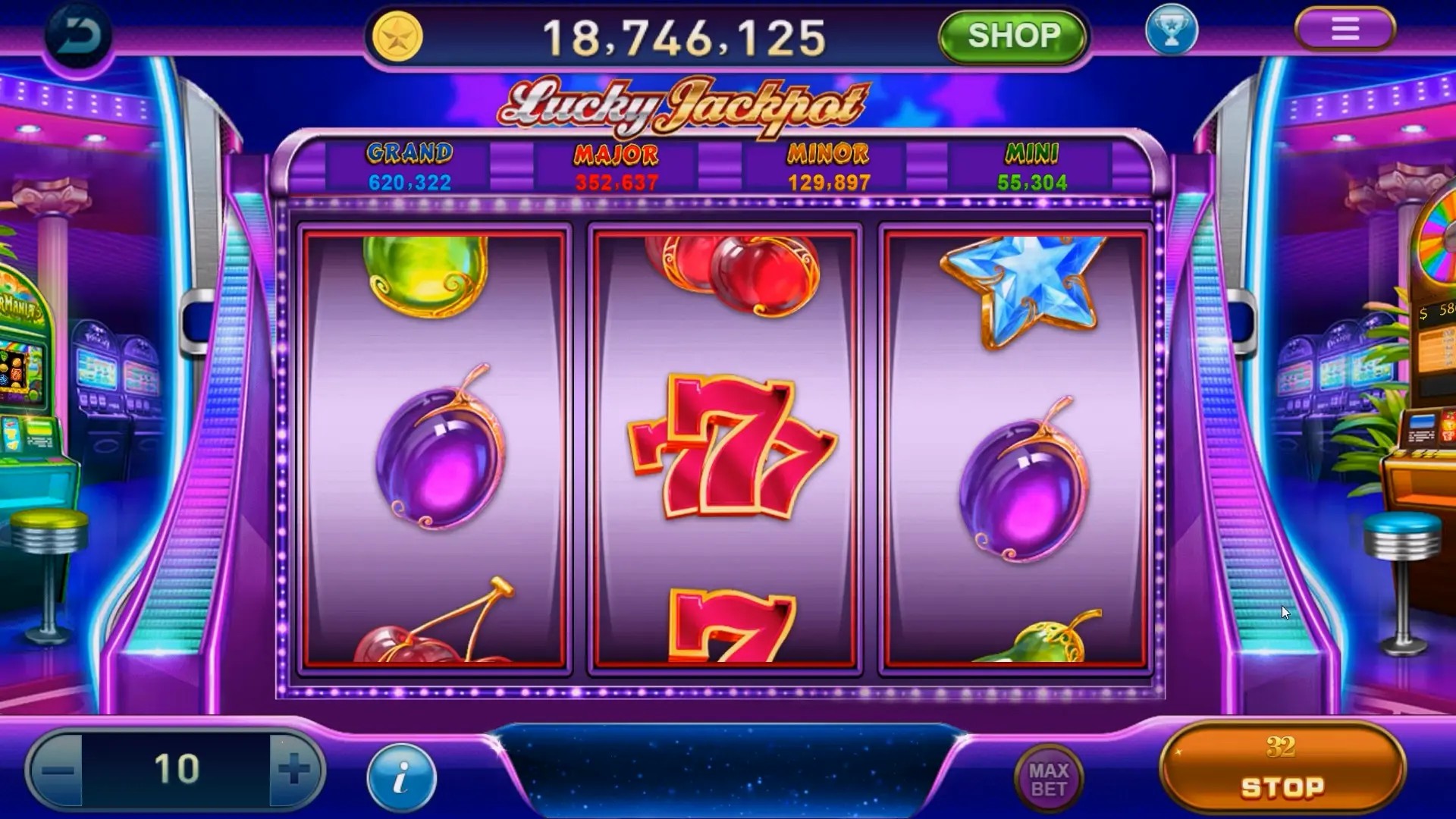Unlocking Learning: How Sandbox Games Are Revolutionizing Educational Gaming
In today’s fast-paced digital environment, the way we approach education is changing rapidly. One of the most significant advancements has come in the form of sandbox games. These games are not just platforms for leisure; they serve as powerful tools that enhance learning. This article explores how sandbox games are shaping the future of educational games and their impact on student engagement, creativity, and critical thinking.
What Are Sandbox Games?
Sandbox games offer players an open world to explore and interact with, allowing them to create their own experiences. This unique gameplay mechanic provides a myriad of opportunities for learning. Unlike traditional games, which have set objectives, sandbox games encourage users to navigate their environments freely, fostering exploration and creativity.
The Rise of Educational Games
The educational gaming sector has skyrocketed in popularity. Schools are increasingly adopting game-based learning due to its efficacy. It’s not just about reading or math anymore; it’s about immersing students in story-driven puzzle games that challenge their critical thinking and problem-solving skills. This shift has led to educational games becoming an integral part of modern curricula.
How Sandbox Games Enhance Learning
Sandbox games are redefining how students learn by promoting interaction, exploration, and creativity. Here are some key benefits of using sandbox games in education:
- Engagement: The engaging nature of these games captivates students, making the learning process enjoyable.
- Creativity: Players can create their own worlds, allowing for limitless expression and innovation.
- Collaboration: Many sandbox games encourage teamwork, teaching students to work together towards a common goal.
- Problem-Solving: These games often present challenges that require strategic thinking and problem-solving skills.
Examples of Sandbox Games Used in Education
Numerous sandbox games have gained traction in the educational landscape. Here are some notable examples:
| Game Title | Description | Age Group |
|---|---|---|
| Minecraft: Education Edition | A collaborative game where students can build and explore. | 8+ |
| LittleBigPlanet | A platformer that emphasizes creativity through level-building. | 7+ |
| Kodu Game Lab | Allows users to create their own games using a visual programming language. | 8+ |
Integrating Story-Driven Puzzle Games
Another dimension to educational gaming can be found in story-driven puzzle games. These games often combine narrative with challenge, engaging players on multiple levels. The storyline draws players in, while the puzzles encourage critical thinking. This combination offers a compelling learning experience that fosters both comprehension and retention.
The Role of Manga RPG Games
As educational tools, manga RPG games have also emerged as impactful. These games blend storytelling with role-play, attracting a younger audience. Players engage more effectively when lessons are infused with narratives they can relate to. By incorporating educational themes within the game, developers have successfully captivated players while delivering educational content.
Benefits of Storytelling in Games
Storytelling isn't just for fiction; it's a powerful educational tool. Here's why:
- Improved Retention: Players are more likely to remember information presented in a compelling narrative.
- Emotional Connection: Engaging stories can create emotional connections that enhance empathetic learning.
- Critical Thinking: Complex narratives often require players to think critically to progress, enhancing their analytical skills.
Challenges in Implementing Sandbox Games in Education
Despite their potential, there are challenges to integrating sandbox games into the educational system. Issues such as cost, accessibility, and the need for trained educators can hinder their widespread adoption. Moreover, balancing game time with traditional learning can also pose difficulties.
Best Practices for Educators
For educators interested in incorporating sandbox games into their curriculum, here are some best practices:
- Assess the educational value of the game you choose.
- Ensure alignment with your curriculum goals.
- Incorporate game-play strategically into lesson plans.
- Encourage debrief sessions to reinforce learning.
Future of Sandbox Games in Education
The future of sandbox games in education looks promising. As technology continues to advance, these games will become more immersive and realistic. Virtual reality (VR) and augmented reality (AR) are already making inroads into the gaming landscape, paving the way for innovative educational experiences. Educational institutions need to embrace these technologies to enhance learning experiences further.
Conclusion
Sandbox games are more than just a trend; they represent a significant shift in how we approach education. With their unique capacity to engage and inspire creativity, they are revolutionizing the way students learn. As more educational institutions recognize the value of gamified learning, we can expect to see a further integration of these tools into curricula worldwide. Ultimately, the combination of sandbox gaming with educational methodologies provides a new pathway for enriching student experiences, making learning not only effective but also enjoyable.



